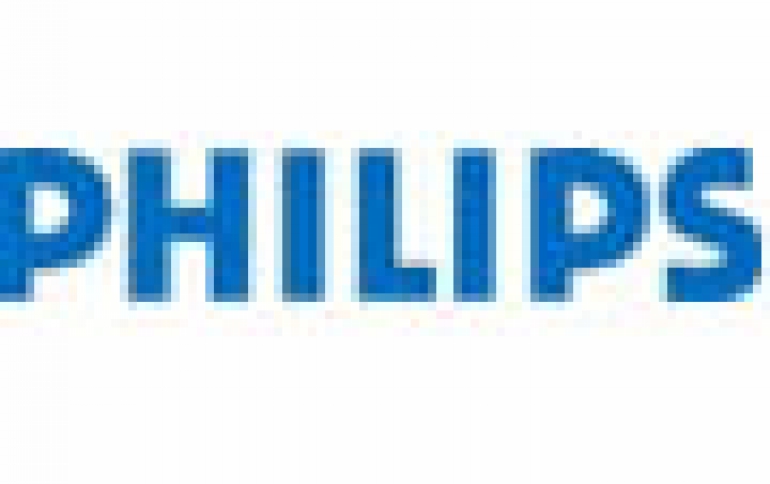
Philips Celebrates 100 Years of Research
Philips today kicked off celebrations of the one hundredth anniversary of Philips Research at a special stakeholder event in Eindhoven.
Since the development of its first light bulb, the company is focusing technologies that will make healthcare more affordable and accessible, energy-efficient LED lighting solutions as well as locally relevant consumer appliances and services.
Anton and Gerard Philips, the founders of the company, created Philips' research laboratory, the Natuurkundig Laboratorium (NatLab) in 1914 in Eindhoven, the Netherlands. Led by physicist Dr. Gilles Holst, the laboratory's research focused on discovering new sources of light, as well as radio and electron technology.
Nowadays Philips has one of the world?s largest corporate research organizations. Philips Research operates globally and is spread across six international locations in North America, Europe and Asia, with Eindhoven in the Netherlands serving as its headquarters. Worldwide it employs over 1,500 professionals of 50 nationalities and has generated 165,000 granted patents. In 2012, Philips invested more than EUR 1.8 billion in research and development. A significant percentage of this is invested in the corporate research organization.
Philips Research has been instrumental in several innovations that marked the first decades of the last century: the X-ray tube Rotalix provided a breakthrough in the fight against tuberculosis; the first Philips radio connected people on different continents and shaped the way people listened to music; the rotary electric razor, the Philishave, has been an iconic consumer product since its introduction in 1939. This was followed by some of the innovations that Philips is best-known for, including the first audio compact cassette in 1963 and the first compact disc (CD) in 1982.
More recently, Philips' research expertise has contributed to the AlluraClarity interventional X-ray system that achieves excellent visibility at low X-ray dose levels for live guidance of minimally invasive procedures; the world?s most energy-efficient LED lamp breaking the 200 lumens per watt barrier and the AirFloss oral healthcare technology from Philips Sonicare.
Today, Philips is a diversified health company. Among the latest products are the Philips hue personal wireless lighting system, the Philips Smart Air Purifier and a range of connected patient monitoring solutions combined with advanced clinical decision support tools to enable remote and bedside monitoring.
Anton and Gerard Philips, the founders of the company, created Philips' research laboratory, the Natuurkundig Laboratorium (NatLab) in 1914 in Eindhoven, the Netherlands. Led by physicist Dr. Gilles Holst, the laboratory's research focused on discovering new sources of light, as well as radio and electron technology.
Nowadays Philips has one of the world?s largest corporate research organizations. Philips Research operates globally and is spread across six international locations in North America, Europe and Asia, with Eindhoven in the Netherlands serving as its headquarters. Worldwide it employs over 1,500 professionals of 50 nationalities and has generated 165,000 granted patents. In 2012, Philips invested more than EUR 1.8 billion in research and development. A significant percentage of this is invested in the corporate research organization.
Philips Research has been instrumental in several innovations that marked the first decades of the last century: the X-ray tube Rotalix provided a breakthrough in the fight against tuberculosis; the first Philips radio connected people on different continents and shaped the way people listened to music; the rotary electric razor, the Philishave, has been an iconic consumer product since its introduction in 1939. This was followed by some of the innovations that Philips is best-known for, including the first audio compact cassette in 1963 and the first compact disc (CD) in 1982.
More recently, Philips' research expertise has contributed to the AlluraClarity interventional X-ray system that achieves excellent visibility at low X-ray dose levels for live guidance of minimally invasive procedures; the world?s most energy-efficient LED lamp breaking the 200 lumens per watt barrier and the AirFloss oral healthcare technology from Philips Sonicare.
Today, Philips is a diversified health company. Among the latest products are the Philips hue personal wireless lighting system, the Philips Smart Air Purifier and a range of connected patient monitoring solutions combined with advanced clinical decision support tools to enable remote and bedside monitoring.


















